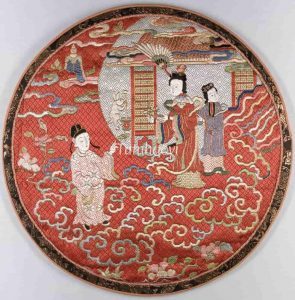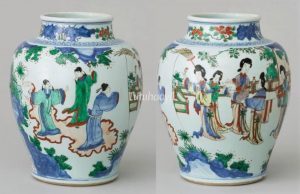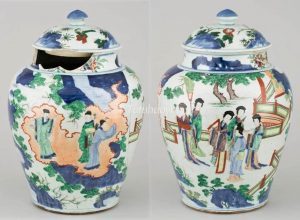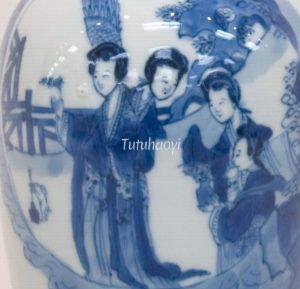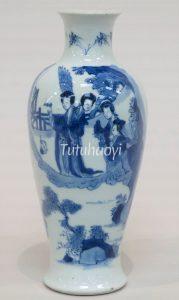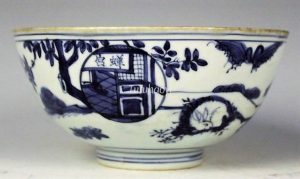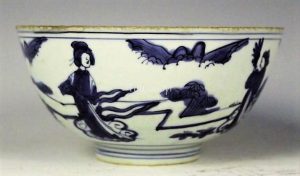Plucking a Sprig of Osmanthus Blossom from the Moon Palace
蟾宫折桂
© Tutuhaoyi.com owns the copyright of the description content for the images attached. Quoting all or part of the description content on this page is permitted ONLY IF ‘Tutuhaoyi.com’ is clearly acknowledged anywhere your quote is produced unless stated otherwise. (本页描述内容版权归Tutuhaoyi.com所有,转发或引用需注明 “Tutuhaoyi.com”, 侵权必究, 已注开源信息的条目除外。)
The osmanthus tree prominent in the Moon Palace came to be a symbol for elite talents in the Jin dynasty 晋朝 (265-420). In around Tang dynasty (618-907), ‘plucking a sprig of osmanthus blossom’ became a metaphor for ‘becoming a top contestant who passes the civil-service examinations with flying colours’. Since there was a famous osmanthus tree in the Moon Palace and Chang’e the Moon Goddess (嫦娥) was the perfectly presentable permanent resident there, she gradually evolved into the role of the osmanthus sprig giver. Just like the Greek goddess Nike who rewarded winning warriors with a wreath of laurel leaves, Chang’e with a small branch of osmanthus flowers symbolised academic success in imperial China. Thus, art works bearing images of Chang’e bestowing a sprig of osmanthus blossom to scholars have become suitable presents for those who sit for exams ever since.
literature research by Dr Yibin Ni
Related research article:
The legend of Chang’e the Moon Goddess and her bestowing osmanthus blossom to scholars
Fig 1: embroidered silk mirror case, 19th century, courtesy of the Metropolitan Museum of Art, New York
Fig 2: porcelain vase with underglaze blue and overglaze enamelled decoration (2 sides), Shunzhi period (1644-61), courtesy of The Dresden Porcelain Collection, State Art Collections of Dresden, Germany
Fig 3: porcelain lidded jar with underglaze blue and overglaze enamelled decoration (2 sides), Shunzhi period (1644-61), courtesy of The Dresden Porcelain Collection, State Art Collections of Dresden, Germany
Fig 4-7: porcelain vase with underglaze blue decoration, Kangxi period (1662-1722), courtesy of the Metropolitan Museum of Art, New York
Fig 8-10: porcelain bowl with underglaze blue decoration, Jiajing period (1522-66), Ming dynasty, Zhenjiang Museum, Jiangsu Province, China
Fig 11: porcelain table screen and brush pen holder with underglaze blue and overglaze enamelled decoration, Wanli period (1573-1620), courtesy of The Baur Foundation, Museum of Far Eastern Art, Geneva
